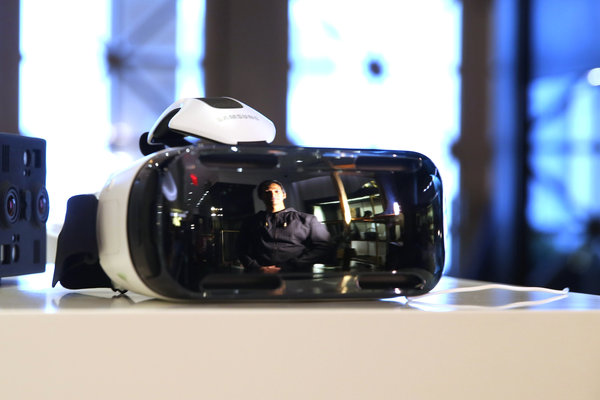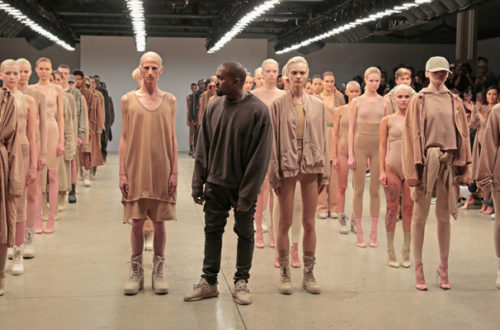
As the shopping experience is gradually moving from the physical retail store to online shopping platforms, stores are fighting to stay relevant in an increasingly digital world. Many retailers are now exploring high-tech gadgets as a sales tool to compete with online sellers for shoppers’ attention.
Tommy Hilfiger is the first international retailer to make use of Virtual Reality gadgets: during fall fashion week 2015, they introduced the Samsung Gear VR Headset in their Manhattan store. This virtual reality headset gave shoppers a three-dimensional, front-row view of the fashion show, held at New York’s Park Avenue Armory. The shopper would sit a few virtual feet from the models while they strutted down a football-themed runway. Turning around they could see the breathtaking inside of the Park Avenue Armory and rows of virtual but almost touchable fashion-show guests.


Sephora’s new San Francisco retail stores are bridging the gap between the digital world and the in-store visit: they have integrated user-generated content boards into their store-experience. Amongst other things, these boards show customers make-up tutorials and tell them which products to buy for what look; according to Sephora CEO Calvin McDonald, showing customers how to use certain products, makes the customer feel much more in control and therefore she is more likely to buy the product. “When you demystify, people feel empowered to buy. This translates into her being more engaged in beauty, and that translates into her buying more items.” Amongst other gadgets, a “scent-finder” screen allowed customers to interact with a content-board to find their perfect personalized perfume.


Ralph Lauren’s Fifth Avenue flagship store in Manhattan is home to smart-mirror fitting rooms that use RFID technology to recognize items brought into the fitting room and render them on the screen. The mirror then pulls up more product information such as other available sizes and colors for each item, as well as recommended products based on what you’ve brought in. This new technology brings an entertainment factor to the shopping experience, however, more importantly, it allows retailers to gather a lot of information. “We know which items are being tried on but not purchased,” said the CEO of the company that produces these smart mirrors, Healey Cypher. “I can tell Ralph Lauren, here’s a jacket that goes into the fitting room frequently but has less conversion than other jackets. The merchandising team should look at this — maybe the fit isn’t right but the aesthetic is. Data like that can fundamentally change how retailers run their business.”

Integrating physical stores with digital technology has been lauded as the next big transition for retail, but much of it, like a VR fashion show, is more of an attention-grab than a viable in-store solution.
For one part, these new high tech gadgets are extremely costly and therefore it is difficult to introduce them to many stores world-wide. Launching technology like virtual reality experiences, smart mirrored fitting rooms, and video screens is expensive and time-consuming.
Furthermore, these technologies have not led to an actual increase in sales: the gadgets are being used to create publicity, generate an exceptional store-experience for the customer and to “build the brand” rather than to increase sales.
Experts agree that digital experiences have a place in retail stores of our future. However, when it comes to scaling digital in-store technology to a big network, retailers will have to focus less on flash, and more on utility.
by Martina Reich






